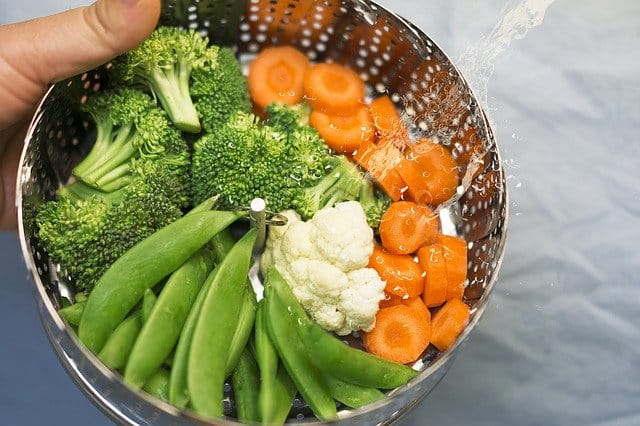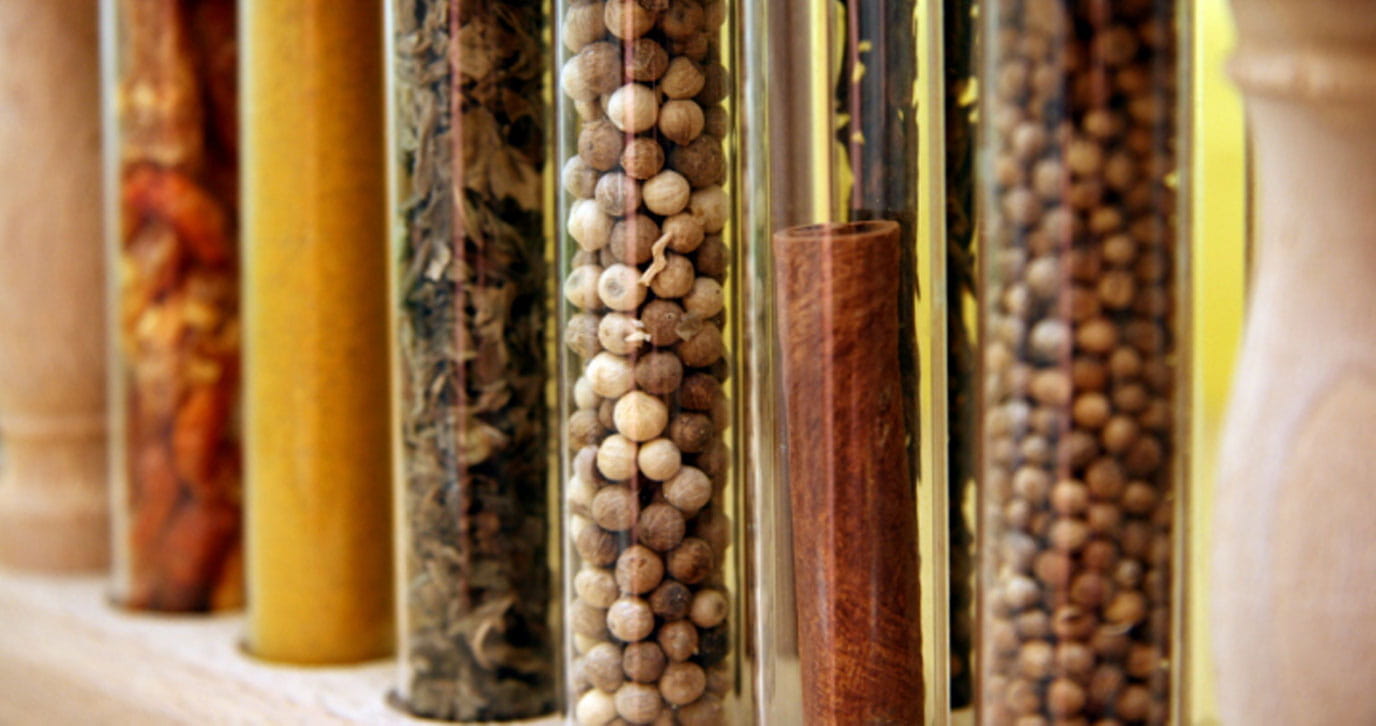October, 2025
A novel turmeric drying approach based on supercritical carbon dioxideRole of seasoning vegetables on consumer behavior: Purchase, intake, liking, and intention to pay for larger servings
Luu, L., Manero, J., Lee, S.Y., Nickols-Richardson, S.S. and Chapman-Novakofski, K.

Overview
Vegetable intake in the U.S continues to be below national recommendations. Strategies include changes in vegetable preparation may improve vegetable preference and intake. This study’s objective was to determine the role of using seasonings compared to steaming on vegetable purchase, intake, liking and intention to pay for larger servings.
Methods
An observational study was conducted during two 8-week periods at a university café. Two vegetables were offered each period: green beans/broccoli (2017); carrots/cauliflower (2018); with options of steamed (ST) or seasoned (SS). Surveys contained items regarding demographic, previous vegetable choices, lunch habits, vegetable selected, liking, frequency of eating this vegetable, likelihood of preparing, serving size, cost, and eating frequency at café.
Results/Conclusions
As a result of binomial test, there were significantly more SS green beans (n = 90 vs n = 44) p < 0.001), SS broccoli (n = 82 vs n = 54) p = 0.02), and SS cauliflower (n = 65 vs n = 22, p < 0.001) purchased than ST but no significant difference in SS vs ST carrots (n = 38, n = 30). Liking evaluations of preparation methods were high across all vegetables with no preference towards SS or ST (mean = 7.32, range 1–9). All vegetables yielded negligible waste (<6.5 g/bowl); > half had 0 g waste. Participants were likely to purchase a larger size (cost the same: 82.1%; cost more: 73.0%). Seasoning was associated with more vegetable purchases for three vegetables. Participants liked the preparation method that they chose, eating most if not all.
Results revealed that increased vegetable intake with larger servings may be possible.
Reference
Luu, L., Manero, J., Lee, S.Y., Nickols-Richardson, S.S. and Chapman-Novakofski, K., 2020. Role of seasoning vegetables on consumer behavior: Purchase, intake, liking, and intention to pay for larger servings. Food Quality and Preference, 82, p.103890. https://doi.org/10.1016/j.foodqual.2020.103890
View Full Text





